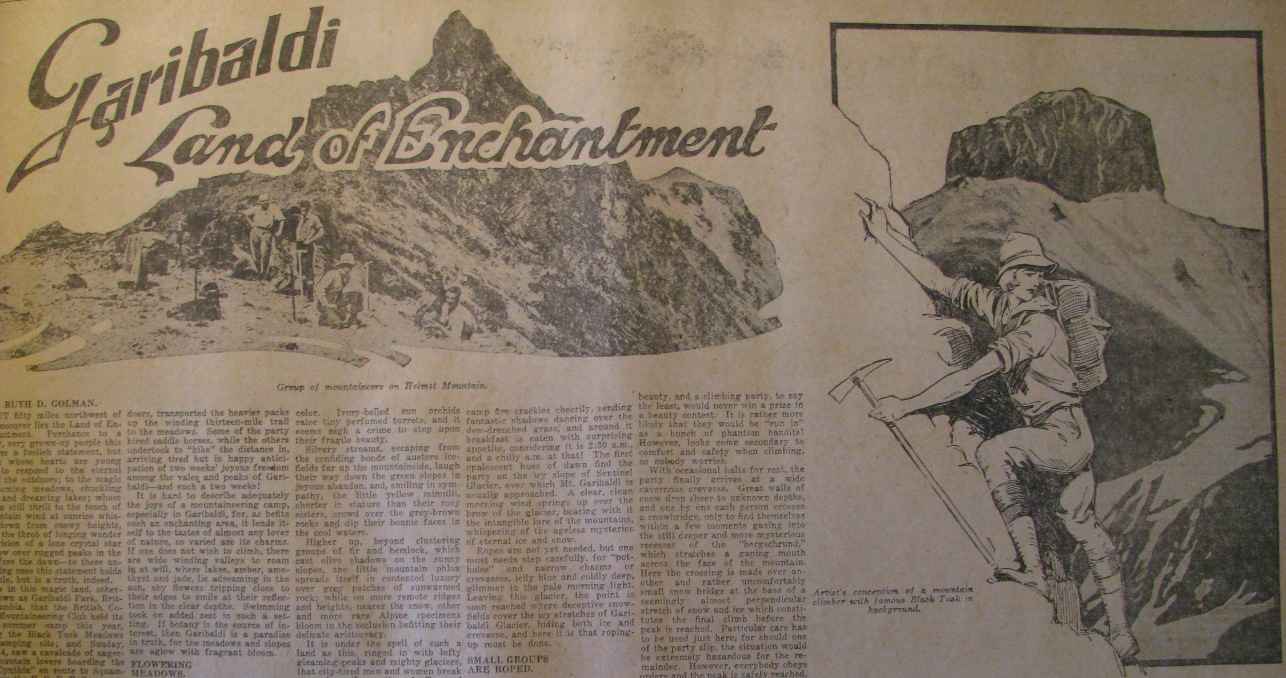Whose sword played an important role in the formation of Italy as a nation state, he was Giuseppe Garibaldi. He was born in 1807 in Nice.
His parents failed to make him a priest. He became a sailor. As a sailor the acquired many adventurous experience.
Taking the oath to liberate Italy, he joined the ‘Young Italy’ party of Mazzini.
ADVERTISEMENTS:
When arrested by the government for a conspiracy and was sentenced to death. Garibaldi fled to South America in 1834 for 14 years. In 1854 Garibaldi returned to Italy. He marched forward for the unification of Italy. He established an organisation known as ‘Red Shirts’. He occupied Sicily and Naples and united them with Piedmont-Sardinia.
His ‘Red Shirts’ united Naples and Sicily with Piedmont after the occupation of Rome. It was famous in the history of the world. After the unification of Italy, Garibaldi returned to his farm in the island of Caprera and breathed his last there.
Piedmont-Austria War:
The first step towards the unification of Italy was the Piedmont- Austria War of 1869. Cavour felt that the help of France was necessary’ to declare war against Austria. So he asked Emperor Napoleon III of France for help. As Napoleon III was an active member of the ‘Carbonary Committee’ he assured to help Cavour.
ADVERTISEMENTS:
On 21 July 1858 the ‘Pact of Piombiers’ was made between Piedmont and France. It was agreed that France would help Piedmont in the war with Austria and France was given a chance to establish the rule of the Bourbon Dynasty in Naples and Sicily. Lombardi and Venetia were to be united with Piedmont and the power of the Pope would be preserved.
After this pact, Austria attacked Piedmont. The allied armies of piedmont and France defeated Austria in the battle of Magenta and Solferino respectively. At this critical juncture France concluded the ‘Treaty of Villa franca’ with Austria. According to this treaty Lombardi was given to Piedmont. This treaty was affirmed by Zurich Pact. The alliance of Lombardi with Piedmont was the ‘first step’ towards the unification of Italy.
Unification of Central Italy:
The second step towards the unification of Italy was the unification of Central states like Parma, Modena and Tuscany with Piedmont. Lord Palmerston, the Prime Minister of England refused to interfere in the internal affair of any country. As the Prime Minister of Piedmont, Cavour again tried to appease Napoleon III. He promised to give Nice and Savoy to Napoleon ill if he would remain neutral.
ADVERTISEMENTS:
The people of these states voted unanimously in favour of annexation. Parma, Modena, Tuscany and Romagna, one of the Papal States agreed to side with Piedmont. Savoy and Nice were given to Napoleon III. In this way, four states were united with Italy in the second step.
Annexation of Naples and Sicily:
At that time, in South Italy, the people of Naples and Sicily were revolted against the Bourbon dynasty. The rebels requested Garibaldi to lead the revolt. He was honoured by the people of Naples and Sicily. Under leadership of Garibaldi, the rebels occupied Sicily. Then he went to Naples and captured it. Naples and Sicily were annexed with Piedmont along with some portions of Rome. It was the ‘third step’ towards the unification of Italy.
Campaign of Rome:
When Garibaldi was busy in Naples and Sicily, King Victor Emanuel II by order of Cavour marched towards Rome. On 11 September, 1960, he attacked the Papal States. The Papal army was defeated in Castelfidaro and Anacona. Then Victor Emanuel occupied ‘Umvia’ and ‘Marches’ and annexed them with Piedmont-Sardinia.
During this time, Garibaldi returned with the occupation of Sicily and Naples and surrendered his conquest to Victor Emanuel and retired to the island of Caprera. It was the ‘fourth step’ towards the unification of Italy.
The First Parliament of Italy:
The whole of Italy had been united except Venetia and Rome under the leadership of Piedmont-Sardinia. The representatives of all the states met on 18 February, 1861 and the First Parliament of Italy was established. “By the mercy of God and Will of Nation.” Victor Emanuel was declared as the King of Italy. By the inspiration of Mazzini, the bravery of Garibaldi and the leadership of Cavour, Italy was established as a nation State.
Annexation of Venetia:
The Austro-Prussian War of 1866 was a good news for Italy. In this war Italy supported Prussia against Austria. Austria was defeated in this Austro-Prussian battle or the battle of Sadwa. The ‘Treaty of Prague’ was concluded between Austria and Prussia in 1866. According to it, Austria ceded Venetia to Italy. The annexation of Venetia to Italy was the ‘fifth step’ towards the formation of the nation state of Italy.
Annexation of Rome:
In 1870 the battle of Sedan was fought between France and Prussia King Victor Emanuel II of Piedmont-Sardinia took the advantage of this opportunity. France withdrew its army from Rome at this time Emanuel attacked Rome and captured it. On October 2, 1870 Rome was annexed with Italy. It was the last step towards the Unification of Italy. The whole of Italy was bound in the rope of nationalism.
Really, Unification of Italy was a cardinal epoch in the history of the world. In the formation of this nation state, Mazzini rose as the saint. Garibaldi stood as the sword and Cavour was regarded as the brain. The active measures taken by Victor Emanuel II also helped in the unification of Italy. In due course of time Italy was able to play her role in the International field.
